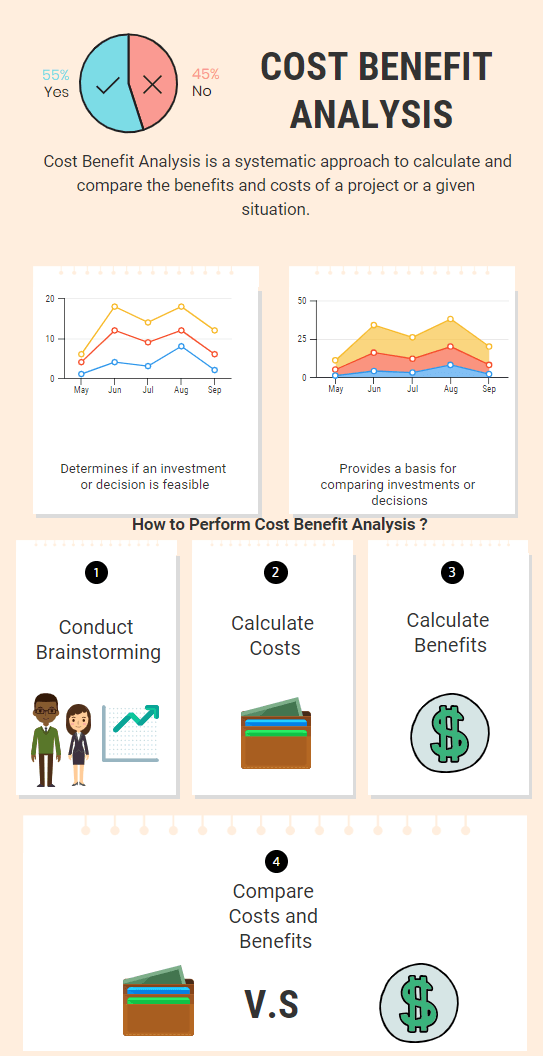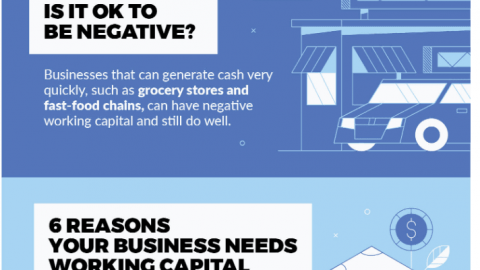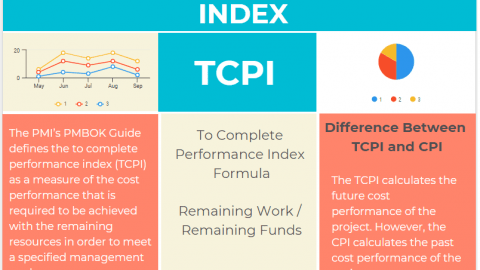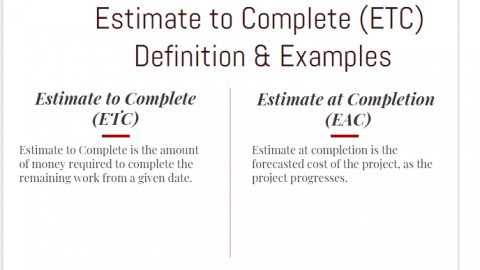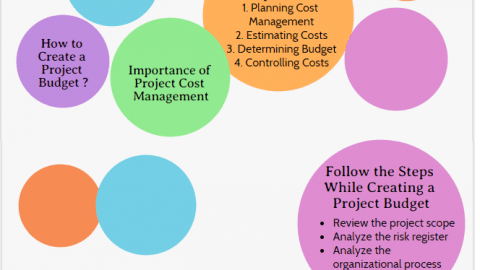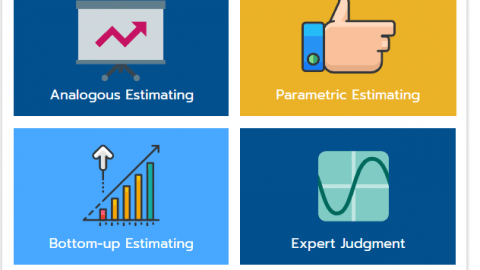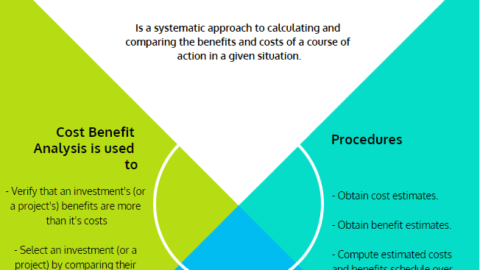Cost-Benefit Analysis Demystified: A Practical Guide to Informed Decision-Making
Cost Benefit Analysis (also known as Benefit Cost Analysis) is an important concept in project management. Simply put, it is performed to identify how well, or how poorly, a project will be concluded. It is done by the experts, project teams and project managers for board members or high-level management to demonstrate which alternative is better or which project can be selected. Based on the output provided with the analysis, they recognize which project will bring more profit and which alternative best suits the organization’s goals. After deciding the most suitable alternative, the project charter development process starts for the selected project. In this article, we will talk about the cost benefit analysis steps and discuss the importance and advantages of cost benefit analysis.
Table of Contents
Cost Benefit Analysis Definition
Cost Benefit Analysis is a systematic approach to quantify the costs and benefits of a decision or a prıject. A Cost Benefit Analysis can be done for every action but commonly used to answer financial questions.
It is a systematic measurement way to calculate the cost to manufacture the product or produce the service and then compare it with the cost of the benefits to be obtained.
This method also takes into consideration the current worth of future earnings while making benefit measurements.
All advantages and disadvantages of a project are initially measured in monetary values and then adjusted for their time value to get accurate cost estimates to perform a cost benefit analysis.
Basically, this analysis calculates;
- Profit to be gained from the alternative
- Costs to be spent to build up the alternative
- Time Value of costs, incomes, and profits.
Cost Benefit Analysis Steps
There are four basic steps to be followed to perform this analysis for a project.
1. Conduct Brainstorming
2. Calculate the Costs
3. Calculate the Benefits
4. Compare Costs and Benefits
Let’s analyze each step in detail.
Conduct a Brainstorming Session
In this step, brainstorming can be conducted by group/team members based on the inputs and prior experiences. The brainstorming session helps to determine and list all direct costs and indirect costs.
During the brainstorming session, all tangible and intangible costs and benefits should be converted into a monetary value. It is important to specify the current worth of future costs and earnings at this step.
Calculate the Costs
Cost Benefit Analysis determines all costs, expenses related to the project (or product) and all benefits to be gained in terms of money. Costs can be classified as direct and indirect. All direct costs related to production such as material, subcontractor, labor costs, machinery costs are calculated at this step. In addition to that, indirect costs such as insurance, depreciation, supervisor’s salaries, etc. should be added to the costs.
Calculate the Benefits
Revenues of the products and intangible benefits such as environment, employee satisfaction, or health and safety, historical importance should be determined as a monetary value. Also, the current value of future earnings should be calculated.
Compare Costs and Benefits
When all the benefits and costs are calculated, it is time to make a comparison between them. If the costs are less than benefits, the project or the idea can be accepted. If there are more alternatives, the one which has the biggest benefit/cost ratio can be selected.
In order to compare costs and benefits, you should calculate your total costs and your total benefits, and compare both values to identify whether your benefits outweigh your costs. Payback period which is the length of time required to recover the cost of an investment is important at this step.
Simple Cost Benefit Analysis Example
Assume that you are working as an industrial engineer in a large paint factory. You analyzed the daily production amount and decided to propose to purchase more contemporary manufacturing machines to increase daily output.
Before to propose your idea, you decided to perform a cost benefit analysis to understand if purchasing new machines is feasible or not.
You listed the costs for the investment and benefits to be obtained from buying new machines.
Costs of Purchasing New Machines
- Costs of purchasing
- Maintenance costs
- Spare parts
- Power consumption
- Depreciation costs
Benefits of Purchasing New Machines
- Increased daily production
- Increased quality
- Reduced manpower
- Increased sales price
After listing costs and benefits, you calculated the monetary value of each cost and benefit considering their time values. You subtracted costs from the benefits and the result is positive. Once for all, you discovered that making this investment is feasible.
Ok, let’s discuss the importance, advantages, and disadvantages of cost benefit analysis.
Advantages and Disadvantages of Cost Benefit Analysis
Main Advantages
Performing this analysis provides many advantages to an organization for decision making. Below are a few of them
- It helps to simplify sophisticated business decisions.
- It provides an objective point of view for comparing alternatives because all the costs and benefits are converted to monetary values. This eliminates biases related to the alternatives.
- Brainstorming sessions encourage participation and decision making.
- It helps to take correct decisions and select the most rewarding alternative.
Disadvantages
Although it is a useful technique for decision making, it has some limitations. The accuracy of this analysis can be affected by inadequate information. If the costs and benefits are not clearly identified and their monetary values are not calculated correctly, the results may be misleading.
Summary
Cost-Benefit Analysis helps to decide which project is profitable and which is not. If you have several projects and you have to select one of them, you can perform this powerful analysis to compare the profits. Then you can select the project, which will give you the highest benefit. You can easily compare the results of several projects before to undertake by the use of this method. In this article, we discussed the importance, advantages, and the calculation steps of cost benefit analysis. Hope that it will be useful for you to decide which project can be selected and which one can not.
See Also
Further Reading
A dedicated Career Coach, Agile Trainer and certified Senior Portfolio and Project Management Professional and writer holding a bachelor’s degree in Structural Engineering and over 20 years of professional experience in Professional Development / Career Coaching, Portfolio/Program/Project Management, Construction Management, and Business Development. She is the Content Manager of ProjectCubicle.

